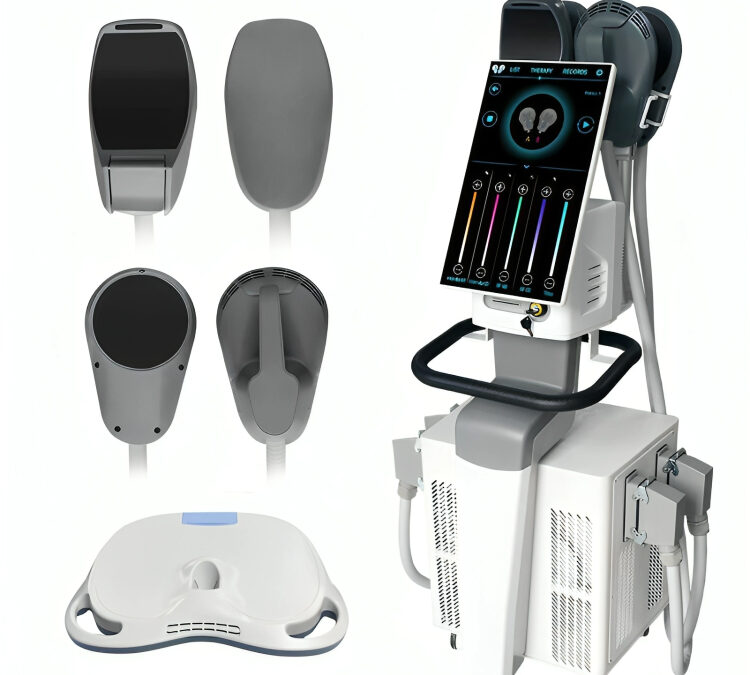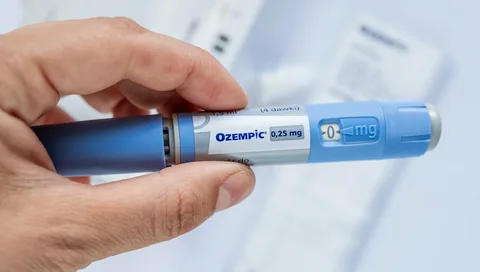Does your built-in washing machine vibrate excessively during spin cycles? Maybe water appears underneath the unit, or clothes emerge still damp after completion. These symptoms indicate something needs attention, but determining when professional help becomes necessary can be challenging.
Built-in washing machines integrate seamlessly into your laundry room cabinetry, making them more complex than freestanding models. Recognizing when problems require expert assistance versus simple fixes helps you avoid costly mistakes. This guide explains warning signs and when to contact qualified technicians.
Recognizing Problem Indicators
Water Leakage Issues
Discovering moisture around your built-in washing machine demands immediate investigation. Even minor leaks can damage surrounding cabinetry and create hidden mold growth.
Door gasket deterioration causes most leakage in front-loading units. These rubber components crack from repeated exposure to detergents and temperature fluctuations.
Supply line failures occur when connections loosen or hoses develop weak spots. High water pressure eventually causes these vulnerable points to burst unexpectedly.
Internal pump malfunctions sometimes force water out through unexpected pathways. Failed pump seals allow water to escape the machine’s internal drainage system.
Detergent drawer overflows happen when blockages prevent proper soap dispensing. Excess suds and water overflow onto surrounding surfaces during wash cycles.
Unusual Operational Sounds
Built-in washing machines typically operate with consistent, familiar noise patterns. Sudden changes in sound characteristics signal developing mechanical problems.
Built-in Washing Machine Repair professionals commonly diagnose worn drum bearings when grinding noises emerge. These critical support components deteriorate from continuous rotational stress over time.
Belt-related squealing indicates slippage or cracking in drive components. Worn belts lose their grip on pulleys, creating distinctive high-pitched sounds.
Thumping during spin cycles suggests imbalanced loads or failed shock absorbers. These symptoms worsen progressively as supporting components continue deteriorating.
Clicking or buzzing from control panels points to electrical component failures. Faulty relays and switches create these abnormal sounds when attempting to activate.
Incomplete Washing Results
Finishing a complete cycle only to find clothes still soiled frustrates homeowners relying on effective cleaning. Multiple factors can prevent proper washing action.
Blocked spray arms in some built-in models restrict water distribution. Mineral deposits and debris accumulation interfere with proper spray patterns.
Inadequate water temperature affects detergent activation and cleaning power. Malfunctioning heating elements or temperature sensors cause this performance issue.
Failed agitation mechanisms prevent clothes from receiving necessary scrubbing action. Motor coupling problems or transmission failures create this situation.
Dirty water filters restrict circulation and cleaning effectiveness. Regular filter maintenance prevents this common performance problem.
Why Professional Service Makes Sense
Technical Complexity Factors
Built-in washing machines integrate with surrounding cabinetry in ways that complicate repairs significantly. Removing and reinstalling these units requires specialized knowledge.
Built-in Washing Machine Repair demands understanding of both appliance mechanics and installation procedures. Each manufacturer uses different mounting systems and connection methods.
Electronic control systems in modern machines coordinate dozens of functions simultaneously. These sophisticated circuits require diagnostic equipment and technical training.
Water supply and drainage connections must meet plumbing codes and safety standards. Licensed professionals ensure compliant installations that prevent future problems.
Warranty preservation depends on using authorized service providers. DIY repair attempts typically invalidate manufacturer coverage immediately.
Safety Considerations
Combining water with electrical systems creates inherent hazards that require professional handling. Improper repairs can cause serious injury or property damage.
Electrical shock risks increase when working on machines connected to power sources. Professionals follow lockout procedures and use proper safety equipment.
Water damage potential extends beyond the machine to surrounding cabinetry and flooring. Expert technicians protect your investment while performing necessary repairs.
Gas connections on combination units demand licensed technicians with specific certifications. Improper gas work creates life-threatening hazards for entire households.
Cost-Effectiveness Benefits
Accurate diagnosis prevents wasting money on unnecessary part replacements. Experienced technicians identify root causes rather than treating symptoms.
Quality repairs use genuine manufacturer components designed for your specific model. Generic parts may seem cheaper initially but often fail prematurely.
Professional work includes comprehensive testing before completion. This verification ensures problems are truly resolved before technicians leave.
Warranty coverage on parts and labor protects your investment. Reputable services guarantee their work with substantial protection periods.
Selecting Qualified Technicians
Essential Credentials
Look for services specializing specifically in built-in appliance repairs. General washing machine experience doesn’t always translate to built-in unit expertise.
Manufacturer certification demonstrates proper training and ongoing technical support access. Certified technicians stay current with latest repair procedures.
Valid licensing and comprehensive liability insurance protect you legally. Verify these credentials before allowing work to proceed.
Established reputation with verifiable customer reviews indicates reliable service. Check online feedback focusing specifically on built-in appliance repairs.
Quick response availability matters when your machine stops functioning. Reliable services schedule appointments within one to two business days.
Important Questions
Ask about specific experience with your washing machine’s brand and model. Familiarity speeds diagnosis and improves repair accuracy significantly.
Inquire whether diagnostic fees apply toward final repair costs. Understanding fee structures prevents unexpected charges later.
Request information about parts quality and sourcing timelines. Genuine components typically require ordering but provide better longevity.
Ask about warranty terms covering both installed parts and performed labor. Quality services stand behind their work with meaningful guarantees.
Preventive Maintenance Strategies
Regular Cleaning Routines
Leave the door slightly open between wash cycles to promote air circulation. This simple habit prevents musty odors and mold development.
Clean detergent dispensers monthly by removing and scrubbing thoroughly. Accumulated residue restricts proper soap distribution during cycles.
Wipe door gaskets after each use to remove moisture and debris. Trapped hair and lint create ideal conditions for mold growth.
Run monthly cleaning cycles using washing machine cleaner or white vinegar. These treatments remove mineral deposits and soap scum buildup.
Smart Operating Practices
Avoid overloading beyond manufacturer capacity recommendations. Excessive weight stresses motors, bearings, and suspension components unnecessarily.
Use high-efficiency detergent in appropriate amounts for your water hardness. Excess soap creates buildup that reduces machine performance.
Sort loads properly by weight and fabric type. Balanced loads reduce vibration and prevent premature component wear.
Check pockets thoroughly before loading clothes. Foreign objects damage pumps and create expensive repair situations.
Annual Professional Inspections
Schedule yearly maintenance checks with qualified technicians. Preventive service identifies worn components before complete failure occurs.
Professional inspections include testing all operational systems comprehensively. Technicians catch developing issues invisible during normal use.
Annual service typically costs significantly less than emergency repair calls. Preventive maintenance extends machine lifespan and reliability.
Frequently Asked Questions
How long do built-in washing machine repairs take?
Most repairs complete within 2-4 hours, depending on problem complexity and parts availability. Simple component replacements finish faster than control board or motor repairs.
What do built-in washing machine repairs typically cost?
Repair costs generally range from $200 to $1,000, depending on the issue and required parts. Simple fixes cost less, while motor or control system repairs are more expensive.
Should I repair or replace my built-in washing machine?
If your machine is under 10 years old and repair costs are less than 50% of replacement value, repairing makes financial sense. Consider overall condition and repair history.
Can I remove a built-in washing machine myself?
Removing built-in units requires disconnecting water, drainage, and electrical systems properly. Professional removal prevents damage to the machine and surrounding cabinetry.
How often should built-in washing machines receive professional maintenance?
Annual professional inspections help identify potential problems early. Regular maintenance extends machine lifespan and prevents unexpected breakdowns.
Making Informed Decisions
When your built-in washing machine develops problems, understanding your options helps you choose the best solution. Professional diagnosis ensures accurate problem identification and effective repairs.
Quality repair services combine technical expertise with respect for your installation, delivering repairs that restore full functionality safely and reliably.







0 Comments